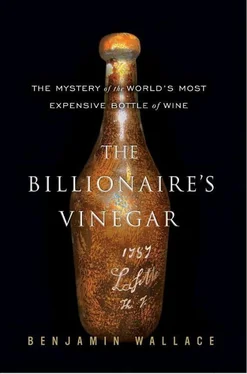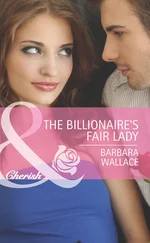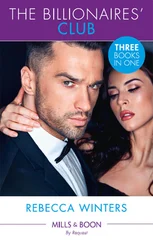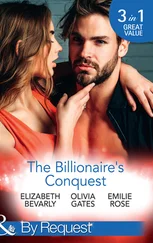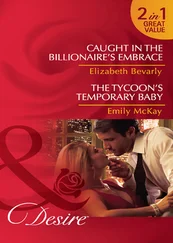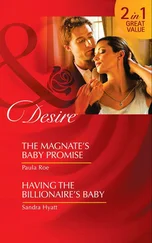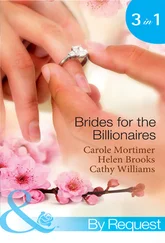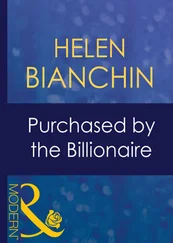In compiling years of Christie’s catalogs, he had helped to codify a vocabulary of wine condition that was now commonly used in the business. How pristine a label looked and whether or not the wine was “OWC” (in its original wooden case) were both clues to how it had been stored. But the primary indicator of condition was ullage, or fill level, the amount of headspace between the base of the cork and the surface of the wine. This gap could vary significantly, and to standardize the differences, Broadbent used eight descriptors, from “high fill” to “mid-shoulder” to “below low-shoulder,” with matching illustrations.
Ullage meant wine had evaporated. After a few decades of aging, a certain amount was to be expected with even the most carefully stored bottles. But too much headspace suggested a faulty seal, a point of ingress for a stream of oxygen that might have wrought bacterial havoc. Past a certain point, ullage itself could be destructive. As the ratio of air to liquid in a bottle increased, the likelihood of accelerated aging, and possible spoiling, went up. This was why wine was bottled with a high fill, and why the best châteaux extended customers the courtesy of periodically topping up bottles with the same wine, to keep headspace to a minimum. The wine in the 1787 Lafite bottle was well into the neck, a remarkable level for wine so old.
A second provenance concern, less often problematic, was authenticity. The problems that existed in Jefferson’s day hadn’t gone away, and the recent history of wine had in some ways been an arms race between cheats, on the one hand, and consumers and honest winemakers on the other. France had passed appellation-control laws in order to combat adulteration by unscrupulous winemakers, and winemakers had taken to château-bottling in order to guard against shady middlemen. Bottles made it harder to fake wine, but not impossible, especially when it was an inside job. When Reichsmarschall Hermann Göring, during World War II, placed an order for some cases of Mouton, workers at the château glued Mouton labels on bottles of ordinary wine. As a handful of leading brands emerged, outright fabrication of wines and vintages took place: fake Mouton 1894 appeared on the Bordeaux market in 1904, and in 1914, “Latour 1900” showed up in the French grocery chain Félix Potin selling at one-third the going price.
With wine, the distinction between real and fake could be elastic to the point of philosophical. Where the authenticity of, say, paintings was straightforward—a Monet either was by Monet or was not—there were degrees and kinds of vinous imposture. Maybe a bottle of Mouton contained Mouton, but in a vintage inferior to the one named on the label; maybe it contained a blend of the ostensible vintage and a lesser vintage; maybe it contained another, cheaper wine; maybe it contained something altogether different from wine.
Starting in the early 1980s, counterfeiting at the high end of the wine market became more common. In 1982 an enterprising twenty-nine-year-old California man by the name of Louis A. Feliciano was arrested after he commissioned a printer to make wallpaper with the repeating image of the Andy Warhol–designed label from the 1975 Mouton-Rothschild. Feliciano cut it up into labels and applied them to bottles of bulk California wine and of the much less valuable 1974 Mouton. Eventually, after New York wine merchant Michael Aaron helped the Bureau of Alcohol, Tobacco and Firearms conduct a sting operation that included phone taps, Feliciano was arrested at LaGuardia Airport.
Later, a price bubble caused by frenzied demand for the 1982 vintage itself, together with the rise of so-called trophy wines, proved irresistible to would-be forgers. Though some of the frauds were detected, wine bottles without labels were largely interchangeable to the eye, their contents uncheckable without opening. The wine business operated on trust to a far greater extent than many of its members liked to admit publicly.
At Christie’s, Broadbent had handled enough old bottles to know that this one was legitimately old. It was mouth-blown in a shape typical for the period and characteristically uneven in thickness, the glass chunky in some places, thin as eggshell in others. If there “was any jiggery-pokery,” Broadbent thought it would be in the engraving, so the first thing he did was show the bottle to Hugo Morley-Fletcher, Christie’s porcelain and glass expert.
Broadbent said nothing and sat back and waited for Morley-Fletcher’s appraisal. The expert agreed that there was no doubt that the bottle was the real thing, and confirmed that the letters had been wheel-engraved, the standard technique in the late eighteenth century. A friend with whom Broadbent played music at his weekend house near Bath, and who happened to be an expert on engraving, added that it would be impossible to drill on glass so old. Next, Broadbent had a handwriting expert from the British Library assess the style of lettering; he confirmed that it was characteristic of the period. The cork, Broadbent himself opined, “appears to be original,” and he took added comfort from a scientific examination of the 1787 Yquem that Rodenstock had commissioned, reporting that “[t]he cork was found to be the original and the wine had an excellent constitution.”
As for the Jefferson connection, Broadbent consulted Jefferson and Wine, an anthology of articles assembled by the editor of the VWGA Journal that detailed various aspects of Jefferson’s interest in wine as well as some of the orders he had placed for first-growth Bordeaux. From these, Broadbent drew his unequivocal conclusion, in the auction catalog, that “Th.J. are the initials of Thomas Jefferson.”
Whether the wine would be drinkable or not, and, if it was, what it would taste like, was a whole other matter. The 1784 and 1787 vintages of Yquem opened by Rodenstock earlier in the year had drawn rave reviews. But that most concentrated of the Sauternes dessert wines, with high alcohol and residual sugar, was better constituted than red table wine to withstand the vinegarizing ravages of bacteria.
Red wine was different. No merchant or wine writer was going to say, of the 1982 vintage: “Drink now through 2182.” The finest Bordeaux might peak after twenty years, stay on that plateau for another fifteen, and then begin to decline. Yet old-wine drinkers routinely opened bottles that were more than a hundred years old and spoke of them as if they were still in their prime. How was this possible?
It was true that some of the wines Broadbent had turned up in pristine castle cellars had been untouched for more than a century and still dazzled tasters. But such wines were outliers, and the oldest was only 130 years or so. Even the best were appreciated more by the mind than the tongue or nose. They garnered faint praise, like “still very much alive.” The best Baron Elie de Rothschild had been able to say of the 1799 Lafite opened at Marvin Overton’s seminal vertical tasting in Dallas in 1979 was, “It’s wine.”
It was also true that some bottles from the cellars of great French restaurants and of the châteaux themselves had proved drinkable, and even pleasurable, after 150 years or more. In 1969, Steven Spurrier, an English merchant who would soon open a popular wine store in Paris called Caves de la Madeleine, attended a dinner at Restaurant Darroze, a three-star in Villeneuve, at which an 1806 Lafite was poured. It was, he recalled more than three decades later, “still red, definitely a bouquet of wine, almost reminiscent of Lafite.” At Overton’s Lafite vertical, Broadbent tasted the same 1799 faintly praised by Elie de Rothschild and noted that it was “very much alive: fabulous colour, warm palish tuilé (the colour of a sun-faded old tile in Provence); a gently fragrant bouquet, with a touch of decay when first opened which cleared, held and even developed in the glass; light though still a meaty little wine, faded but fascinating, the finish a little dried up and tart.” But wines this ancient had invariably been recorked at least once, their lives extended by topping up, often with younger wines, and by the replacement of their old corks with new ones.
Читать дальше
